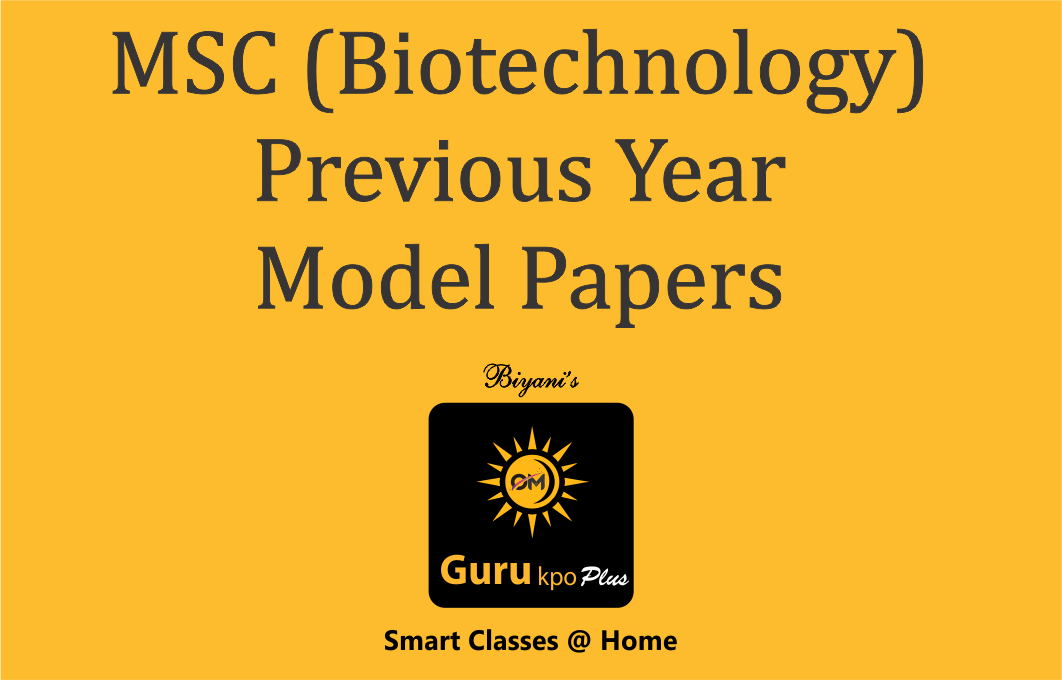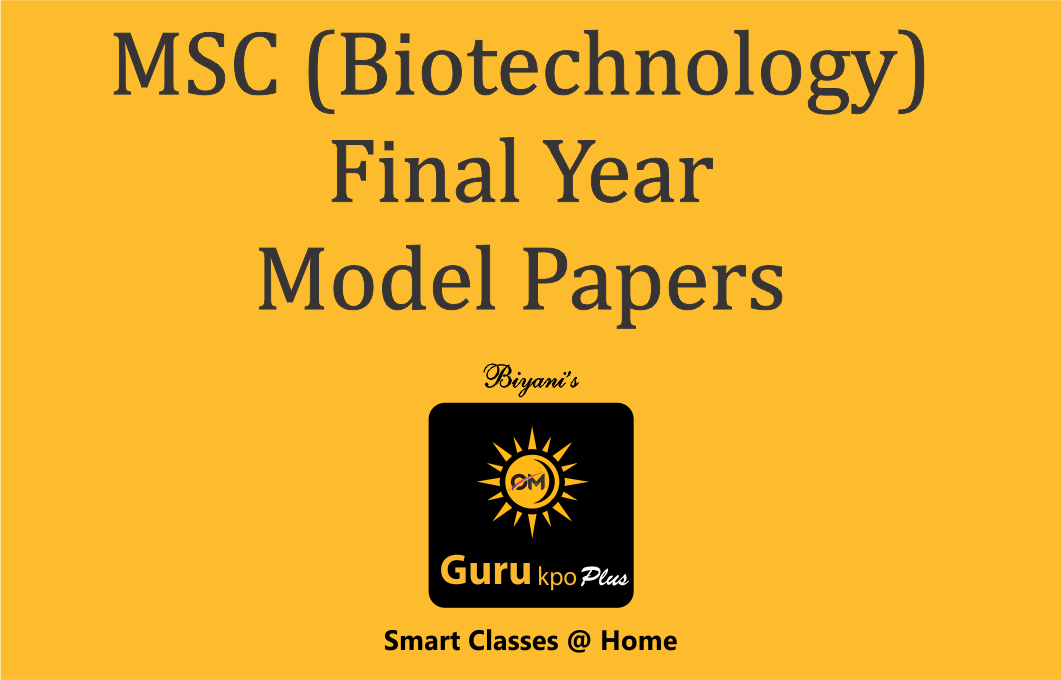Abstract
Development and application of bio-based and bio-inspired technologies to (i) screen for, identify and quantify molecules of interest; (ii) profile and characterize molecular activities/events; and (iii) help elucidate pathophysiological mechanisms is major field _with applications in various fields including biomedical, environmental, energy, food and agriculture. In this talk, we aim to introduce development and exploitation of biosensor technology. Specifically, we will highlight the fundamental chemical principles intrinsic in biological interactions and their exploitation in development of this technology.The exploited molecular interactions are largely driven by natural affinities between biological molecules such as substrate-enzyme, antibody-antigen, receptor-ligand, and Watson-Crick base-pairing. The figure shows an example of a biosensor for detection of Alzheimer’s disease biomarker (amyloid beta peptide) fabricated using antibody sensing platform in conjunction with electrochemical impedance spectroscopy.Advances in science and technology has allowed the inclusion of artificially synthesised molecules that mimic biomolecules of interests, such as peptide nucleic acid (PNA) and molecularly imprinted polymers (MIPs).
Sustainable development goals (SDGs) were adopted in 2015 at the UN General Assembly as the 2030 Development agenda. They are a set of 17 inter-related goalswith overarching elements: peace, prosperity, health, planet and partnerships. In this talk, besides discussing biosensor technology and some applications, we will highlight the challenges that we face in this field and the prevailing gaps between different economies in the world. We will provide specific examples of areas that this technology could be useful in the less developed economies, and hopefully open a discussion point for future collaboration efforts.
Keywords: Bio-Inspired technologies, Nature, Sustainable development, Biosensor, Sustainable development goals (SDGs).







